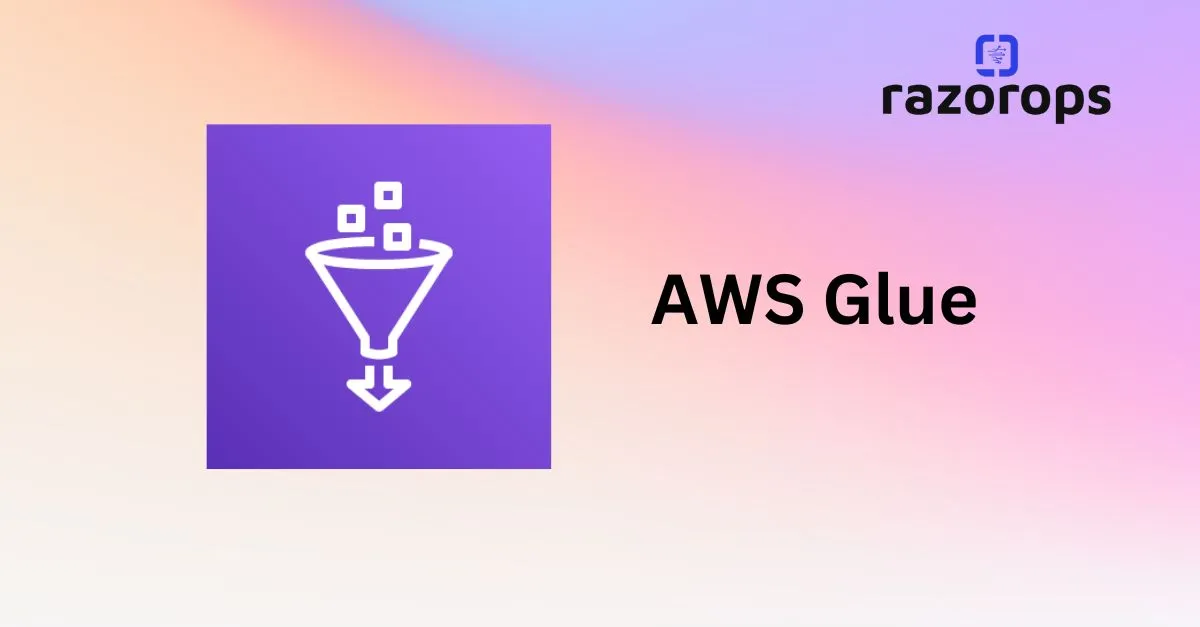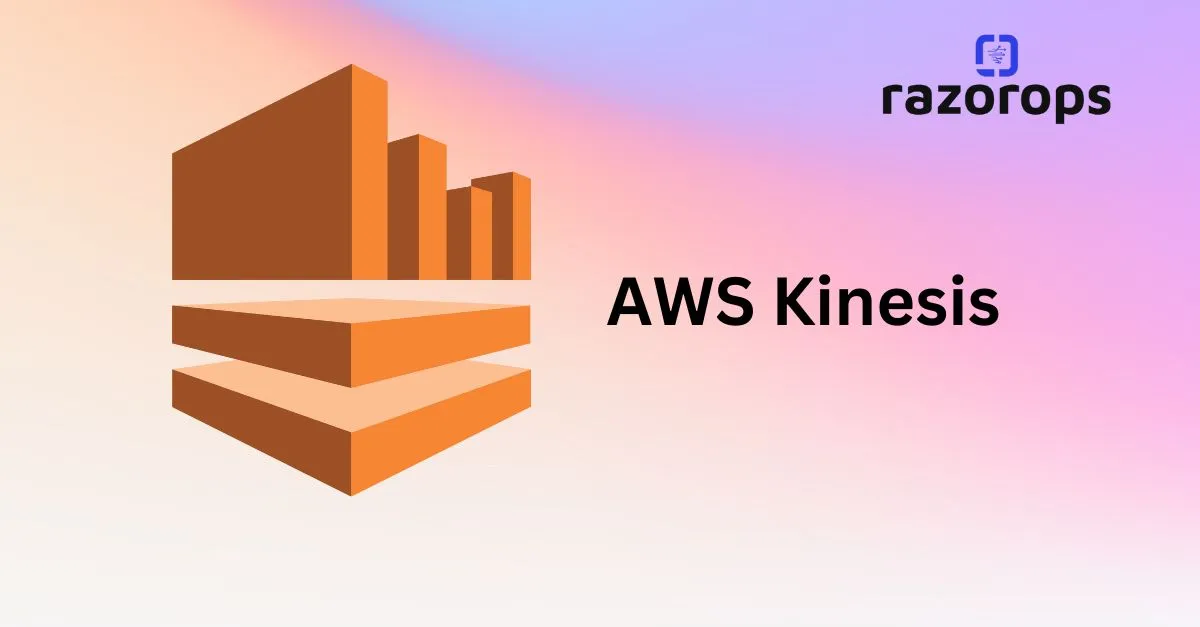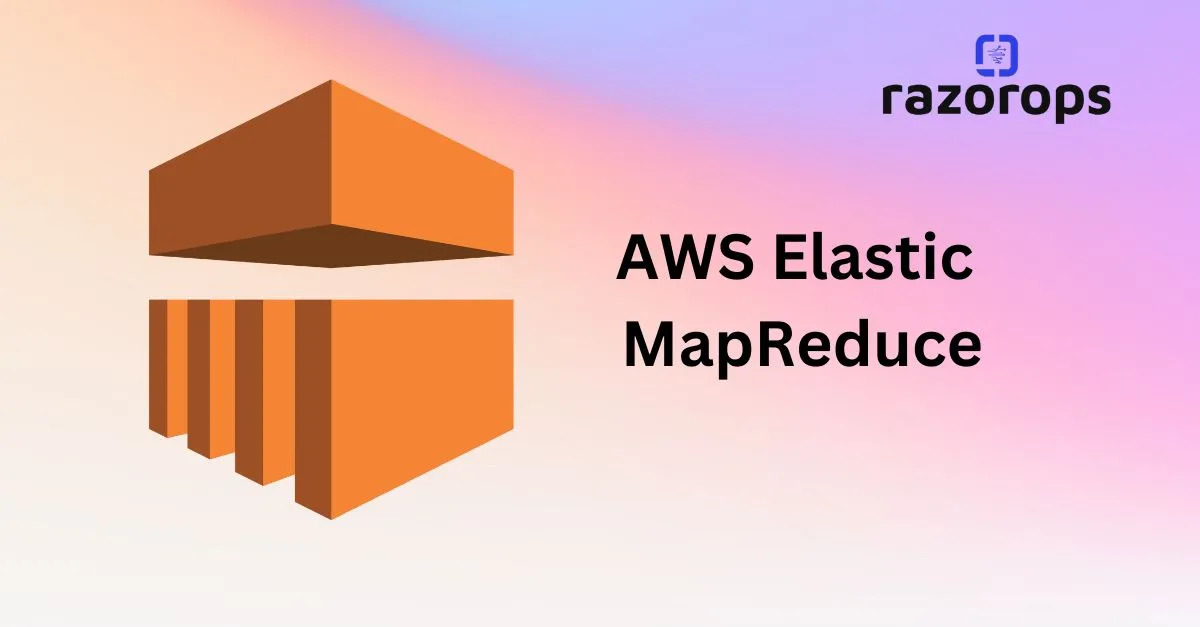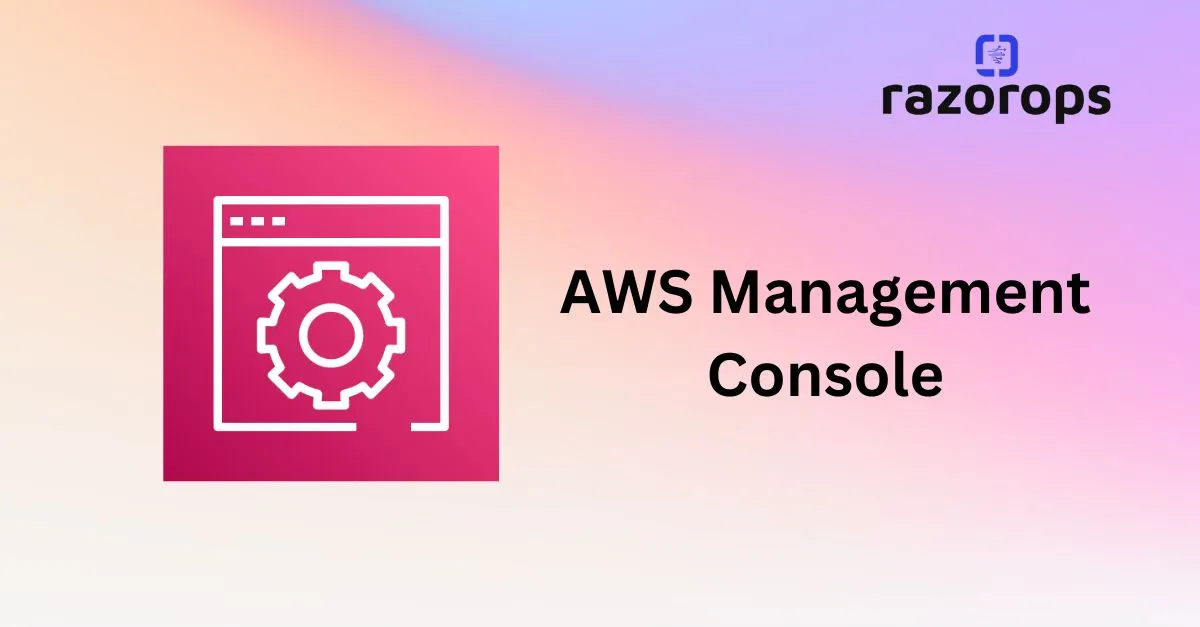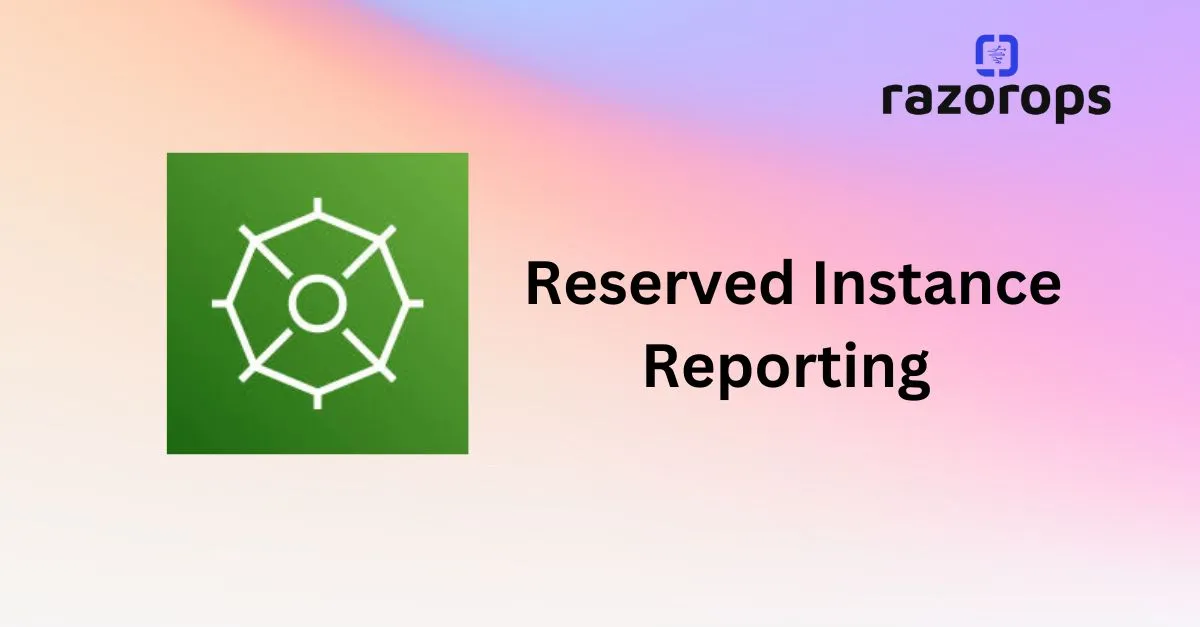AWS Lambda
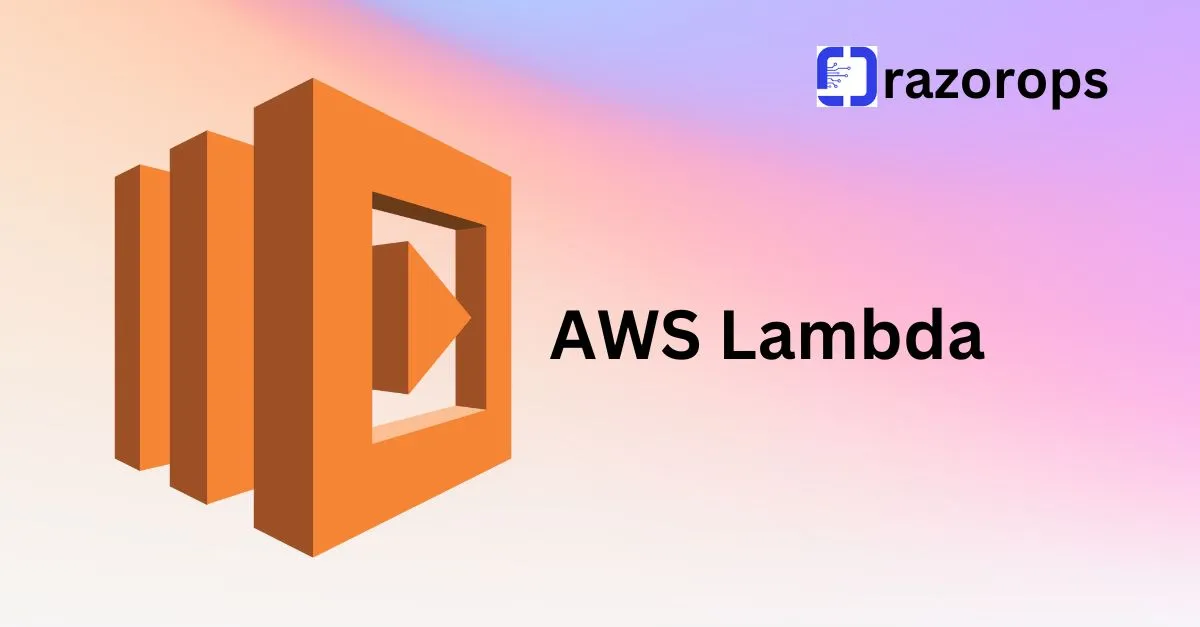
What is AWS Lambda?
● AWS Lambda is a serverless compute service through which you can run your code without provisioning any Servers.
● It only runs your code when needed and also scales automatically when the request count increases.
● AWS Lambda follows the Pay per use principle – it means there is no charge when your code is not running.
● Lambda allows you to run your code for any application or backend service with zero administration.
● Lambda can run code in response to the events. Example – update in DynamoDB Table or change in S3 bucket.
● You can even run your code in response to HTTP requests using Amazon API Gateway.
What is Serverless computing?
● Serverless computing is a method of providing backend services on a pay per use basis.
● Serverless/Cloud vendor allows you to write and deploy code without worrying about the underlying infrastructure.
● Servers are still there, but you are not managing them, and the vendor will charge you based on usage.
When do you use Lambda?
● When using AWS Lambda, you are only responsible for your code.
● AWS Lambda manages the memory, CPU, Network, and other resources.
● It means you cannot log in to the compute instances or customize the operating system.
● If you want to manage your own compute resources, you can use other compute services such as EC2, Elastic Beanstalk.
● There will be a level of abstraction which means you cannot log in to the server or customize the runtime.
How does Lambda work?
Lambda Functions
● A function is a block of code in Lambda.
● You upload your application/code in the form of single or multiple functions.
● You can upload a zip file, or you can upload a file from the S3 bucket as well.
● After deploying the Lambda function, Lambda automatically monitors functions on your behalf, reporting metrics through Amazon CloudWatch.
Lambda Layers
● A Lambda layer is a container/archive which contains additional code such as libraries, dependencies, or custom runtimes.
● AWS Lambda allows five layers in a function.
● Layers are immutable.
● A new version will be added if you publish a new layer.
● Layers are by default private but can be shared and made public explicitly.
Lambda Event
● Lambda Event is an entity that invokes the lambda function.
● Lambda supports synchronous invocation of Lambda Functions.
● Lambda supports the following sources as an event
o AWS DynamoDB
o AWS SQS
o AWS SNS
o CloudWatch Event
o API Gateway
o AWS IoT
o Kinesis
o CloudWatch Logs
Language Supported in AWS Lambda
● NodeJS
● Go
● Java
● Python
● Ruby
Lambda@Edge
● It is the feature of Amazon CloudFront which allows you to run your code closer to the location of Users of your application.
● It improves performance and reduces latency.
● Just like lambda, you don’t have to manage and provision the infrastructure around the world.
● Lambda@Edge runs your code in response to the event created by the CDN
Pricing:
● Charges will be calculated based on the number of requests for the function executed in a particular duration.
● Duration will be counted on a per 100-millisecond basis.
● Lambda Free tier usage includes 1 million free requests per month.
● It also comes with 400,000 GB-Seconds of compute time per month.

